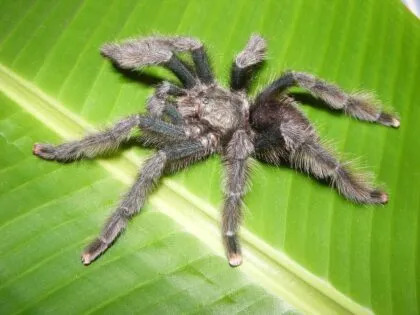Understanding Pink Toe Tarantula Humidity Needs
Pink Toe Tarantulas (Caribena versicolor) are captivating creatures, prized for their vibrant colors and relatively docile temperament. Ensuring their well-being hinges on understanding and meeting their specific environmental requirements, with humidity playing a pivotal role. Humidity, the measure of water vapor in the air, is far more than just a comfort factor for these arboreal tarantulas it’s critical to their health, molting process, and overall survival. Native to the humid rainforests of the Caribbean, pink toes have evolved to thrive in conditions where moisture levels are consistently high. Replicating these conditions in captivity is paramount to providing them a fulfilling life. This guide will walk you through the essentials of humidity management for your pink toe tarantula, from understanding the ideal levels to troubleshooting common issues.
Optimal Humidity Levels for Pink Toe Tarantulas
The ideal humidity range for a pink toe tarantula typically falls between 70% and 80%. This level of humidity mimics their natural rainforest habitat, where moisture is abundant. It’s important to note that while a slightly higher humidity level is usually not immediately harmful, continuously exceeding 80% can create an environment conducive to mold and bacterial growth, posing risks to your tarantula’s health. On the flip side, humidity levels consistently below 60% can lead to difficulties during molting, dehydration, and other health issues. Maintaining this sweet spot requires diligent monitoring and consistent adjustments to your tarantula’s enclosure.
Why Humidity is Crucial for Pink Toe Tarantulas
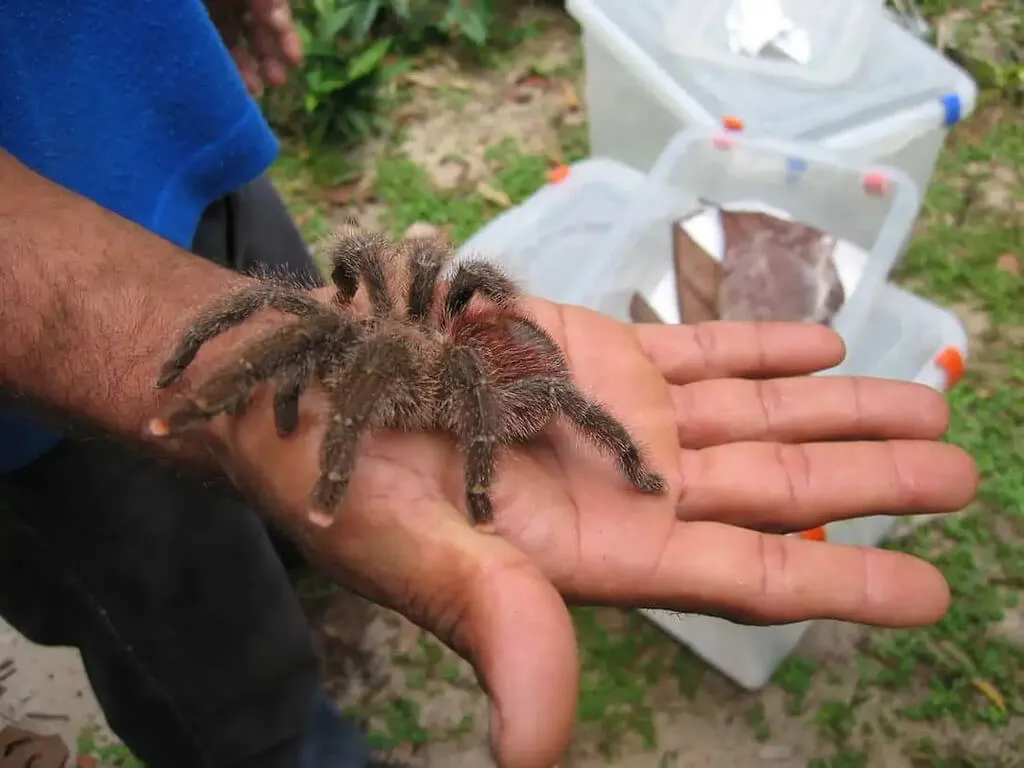
Humidity impacts several facets of a pink toe tarantula’s life. One of the most critical functions of humidity is its role in the molting process. Molting, the shedding of the exoskeleton, is a vital part of a tarantula’s growth. The high humidity helps the tarantula shed its old exoskeleton properly. In too-dry conditions, the exoskeleton can become too tough, and the tarantula may struggle to escape, potentially leading to death or injury. Beyond molting, proper humidity aids in hydration, preventing dehydration, which can cause lethargy and other health problems. Additionally, it helps maintain optimal respiratory function and supports overall well-being, mirroring the conditions of its natural environment.
The Importance of Proper Humidity
Maintaining correct humidity is the cornerstone of responsible pink toe tarantula care. It promotes healthy molting cycles, allowing the tarantula to grow and develop without complications. It prevents dehydration, which can weaken the tarantula and make it vulnerable to diseases. Furthermore, proper humidity creates a more comfortable and less stressful environment. Pink toe tarantulas, like all living beings, thrive when their basic needs are met. By diligently managing humidity, you’re not just meeting a requirement; you’re ensuring a higher quality of life for your pet. Failure to maintain the right humidity can lead to health issues, shortened lifespans, and a generally unhappy tarantula.
Signs of Improper Humidity in Your Tarantula
Recognizing the signs of improper humidity is crucial for immediate intervention. Inadequate humidity can manifest in several ways. Look out for a tarantula that appears sluggish, reluctant to move, or less active than usual. Another sign of dehydration is a wrinkling or shriveling of the abdomen. Difficulty or incomplete molting is a clear indication of low humidity. If the tarantula is struggling to shed its exoskeleton, it may appear stuck or deformed. On the other hand, excessively high humidity can lead to mold growth in the enclosure. The presence of mold is a serious health risk. Prompt action, such as adjusting ventilation and reducing moisture, is necessary. Keeping a watchful eye on your tarantula’s behavior, appearance, and environment will help you quickly identify and address any humidity-related problems.
Setting Up the Ideal Pink Toe Tarantula Habitat
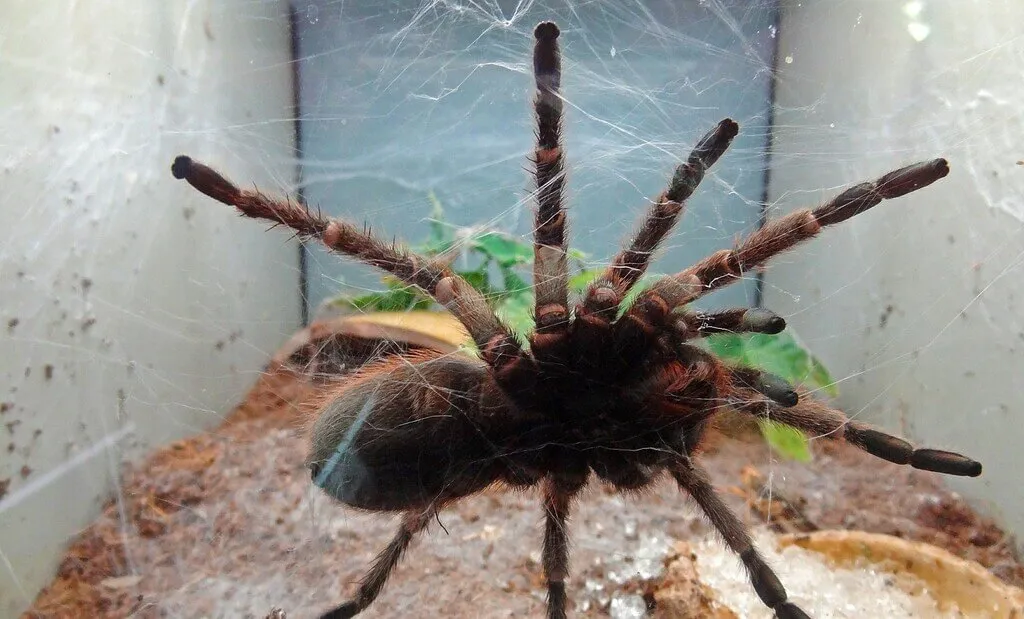
Creating a suitable habitat is the foundation of humidity control. The enclosure should be appropriately sized, allowing for movement and climbing. It should also be well-ventilated to prevent excessive moisture buildup. The right substrate, like a mix of coconut fiber, peat moss, and sphagnum moss, is important for retaining moisture. Providing water is essential. Regularly monitoring the humidity level and adjusting the environment as needed ensures you can create the perfect environment for your pet to thrive. By preparing the ideal habitat, you’re laying the groundwork for easy and effective humidity management.
Choosing the Right Enclosure
The enclosure you select plays a vital role in regulating humidity. For arboreal species like the pink toe, a tall enclosure is required. Ensure it has good ventilation, typically through the top and sides, but not too much. Excessive ventilation can quickly dry out the enclosure. Acrylic or glass enclosures are suitable choices. Avoid enclosures with large gaps or poorly fitted lids, as these can compromise humidity levels. The size of the enclosure should be appropriate for the size of your tarantula. A juvenile pink toe can start in a smaller enclosure and be moved to a larger one as it grows. Ensure the enclosure is secure to prevent escape.
Substrate Selection for Humidity Control
The substrate, the material at the bottom of the enclosure, greatly influences humidity levels. A good substrate should hold moisture effectively and help maintain the desired humidity range. Coconut fiber is an excellent choice. It absorbs moisture well and releases it gradually. Peat moss is another option, but it tends to dry out faster. Sphagnum moss can be added to the substrate mix to increase humidity retention. Avoid substrates that can mold easily, such as wood shavings. Regularly moisten the substrate, but be careful not to saturate it, as excessive moisture can lead to mold. A substrate layer of 2-3 inches is generally adequate for a pink toe tarantula.
Watering Techniques for Humidity Maintenance
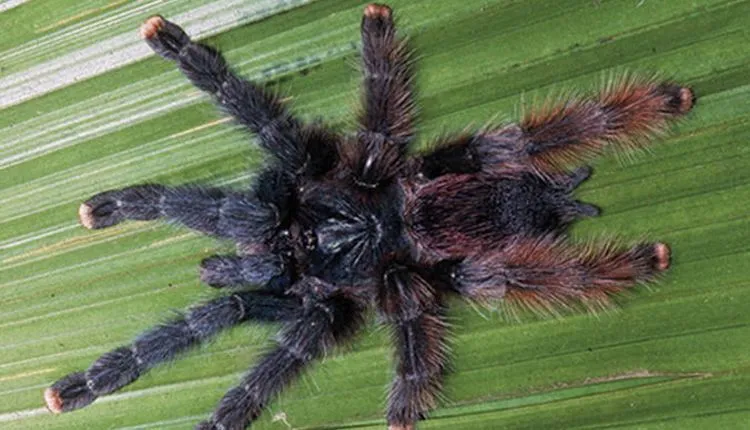
Watering is a crucial aspect of humidity maintenance. The method you choose depends on your setup and the specific needs of your tarantula. You have the option to choose from misting, spraying, and using water bowls. The goal is to provide adequate moisture without creating excessive humidity. Understanding these methods and when to use them is important for providing the best living conditions for your pet.
Misting and Spraying
Misting is a simple yet effective way to increase humidity. Use a spray bottle with distilled or dechlorinated water and mist the enclosure once or twice a day, depending on your local climate and the enclosure’s ventilation. Target the sides of the enclosure and the substrate. Avoid spraying the tarantula directly. The water droplets will evaporate and gradually raise the humidity level. Keep a close eye on the humidity levels after misting, using a hygrometer. Over-misting can lead to excessive humidity and mold growth. Adjust your misting schedule accordingly.
Using Water Bowls
A water bowl is a permanent fixture in a pink toe tarantula enclosure, providing the tarantula with a source of water for drinking and helping to increase humidity. Choose a shallow, stable bowl. The water should be easily accessible, but not so deep that the tarantula could accidentally drown. The size of the water bowl should be appropriate for the tarantula’s size. Replace the water regularly to keep it fresh and clean. This also helps to prevent bacterial growth. The water bowl’s surface area also contributes to the overall humidity in the enclosure. You can place the water bowl on the ground or suspend it at a suitable level using the decorations.
Monitoring Humidity Levels
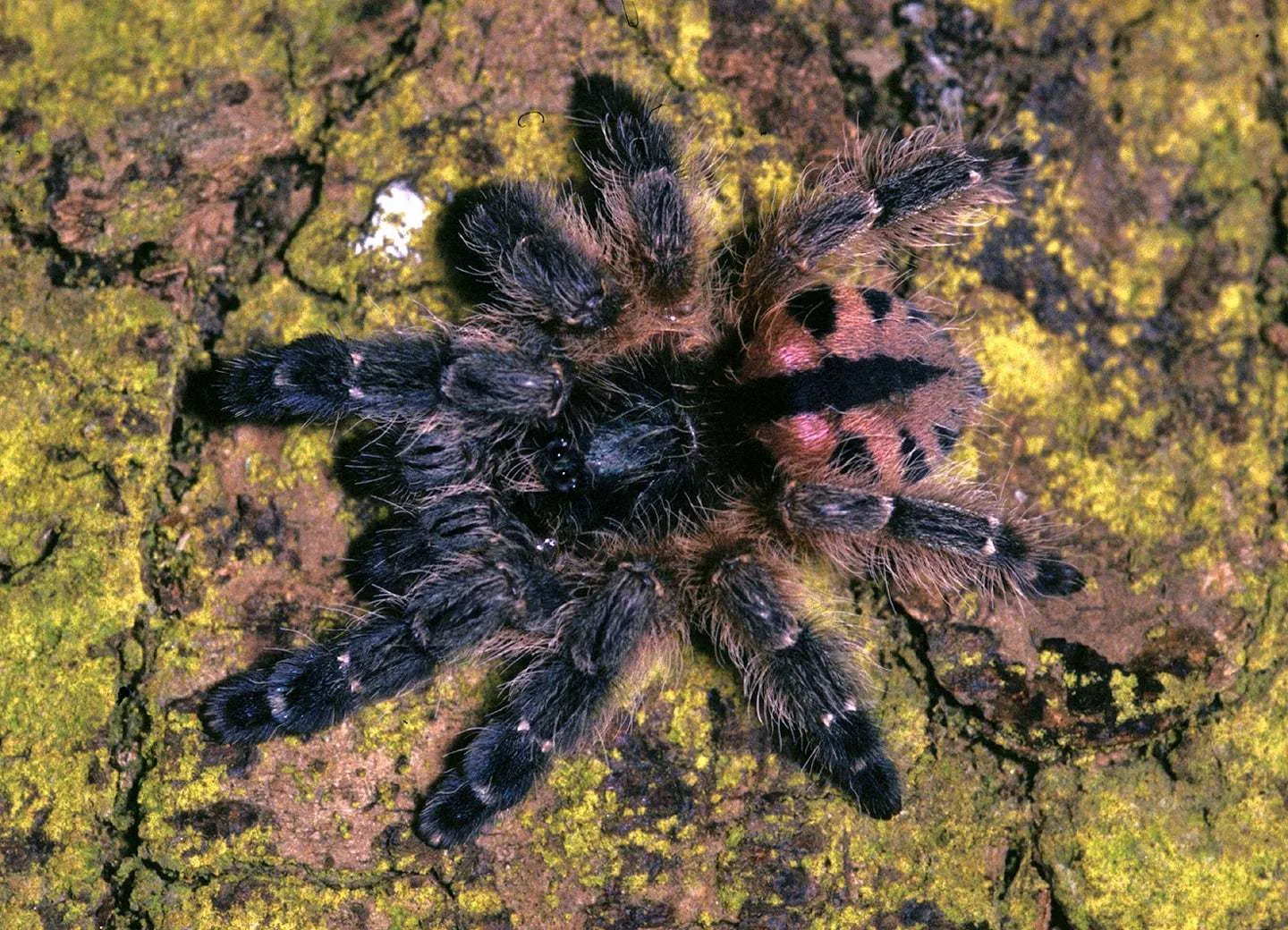
Regular monitoring is essential to maintain proper humidity levels. There are several tools and techniques you can use to monitor the environment and catch any problems before they become serious issues for your pink toe. This will help ensure your pet’s health and well-being.
Using a Hygrometer
A hygrometer is a device that measures the humidity level in an enclosure. It’s an indispensable tool for tarantula keepers. Digital hygrometers are the most accurate and convenient option. Place the hygrometer inside the enclosure, away from direct contact with water. Check the readings regularly, preferably once or twice a day. This helps you track humidity fluctuations and make adjustments to your watering or ventilation as needed. Record the readings to help you understand any trends and better manage the humidity levels over time.
Maintaining Humidity Levels Long-Term
Long-term humidity management involves consistent monitoring and adapting your care routine to maintain the correct conditions for your pink toe tarantula. Consider your local climate and enclosure setup. Adjust your watering schedule and ventilation as necessary to keep humidity within the ideal range of 70%-80%. Consistent monitoring will let you catch any deviation from the norm and will let you create a stable environment. If you travel, make arrangements for someone to maintain the enclosure, or invest in an automated misting system to maintain humidity levels. Careful planning and diligent maintenance are key to the long-term health and well-being of your pink toe tarantula.
Adjusting for Different Climates
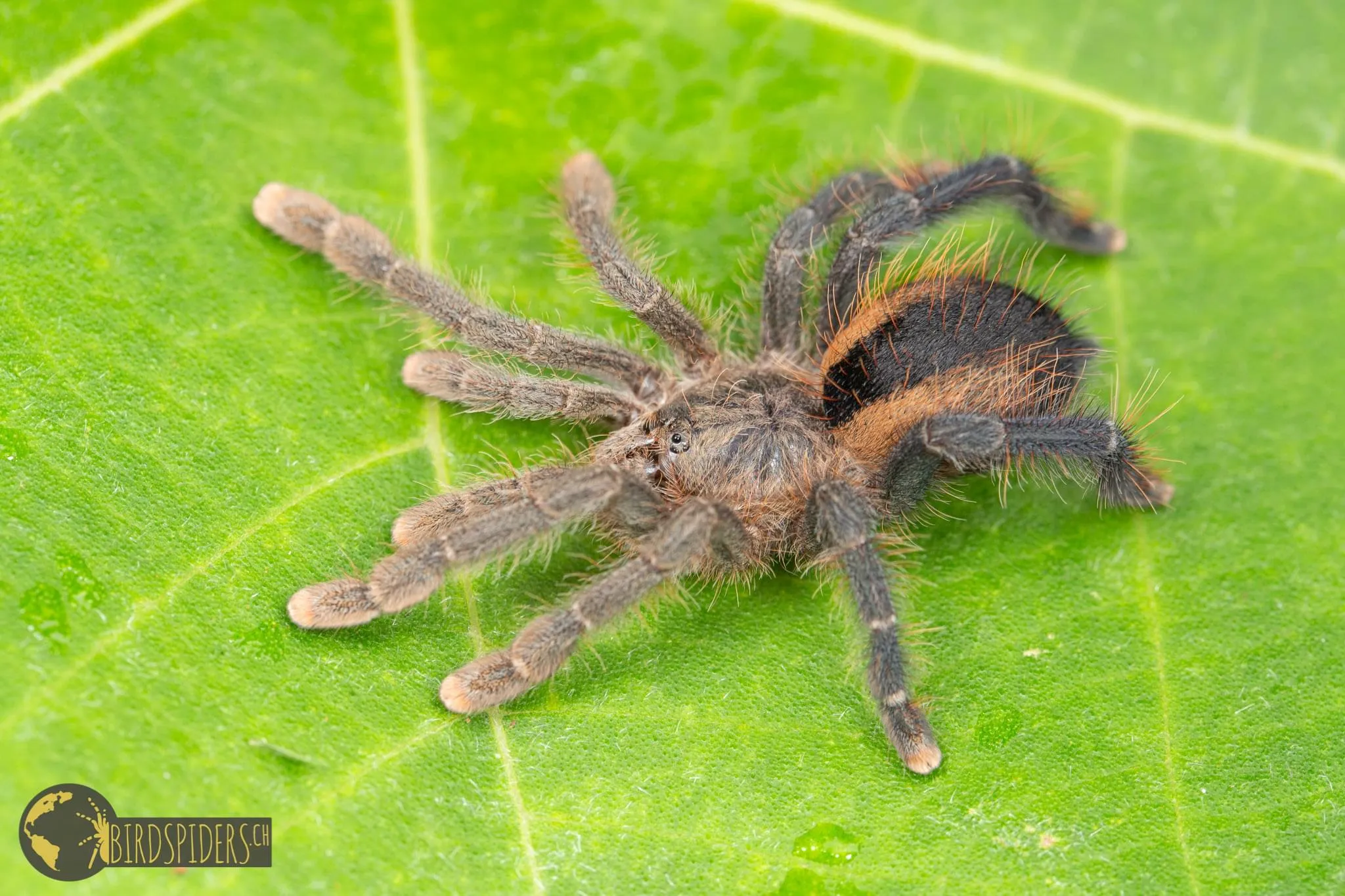
The climate in your area will affect how you manage humidity. In dry climates, you may need to mist more frequently and use more moisture-retaining substrates. In humid climates, you may need to increase ventilation and reduce misting to prevent excessive humidity. Observe the enclosure conditions carefully and adjust your care routine accordingly. Seasonal changes can also affect humidity levels. Be prepared to adapt your routine based on the time of year. Regular adjustments are required to create the perfect environment.
Common Humidity Challenges and Solutions
Even with the best intentions, you may encounter some humidity challenges. Understanding these and how to address them will help you keep your tarantula healthy and safe. The two biggest problems, generally, are mold and low humidity.
Dealing with Mold and Mildew
Mold and mildew are common problems associated with high humidity. They can be harmful to your tarantula’s health, potentially causing respiratory problems and other illnesses. If you notice mold growth, immediately address the cause: typically too much humidity, poor ventilation, or a combination of both. Reduce the amount of water, increase ventilation, and replace any mold-infested substrate. If the situation is severe, the entire enclosure should be cleaned and disinfected. Regularly inspect the enclosure for any signs of mold to catch problems early on. Prompt intervention and a thorough cleaning can prevent serious health issues and ensure your pink toe tarantula’s safety.
Troubleshooting Low Humidity
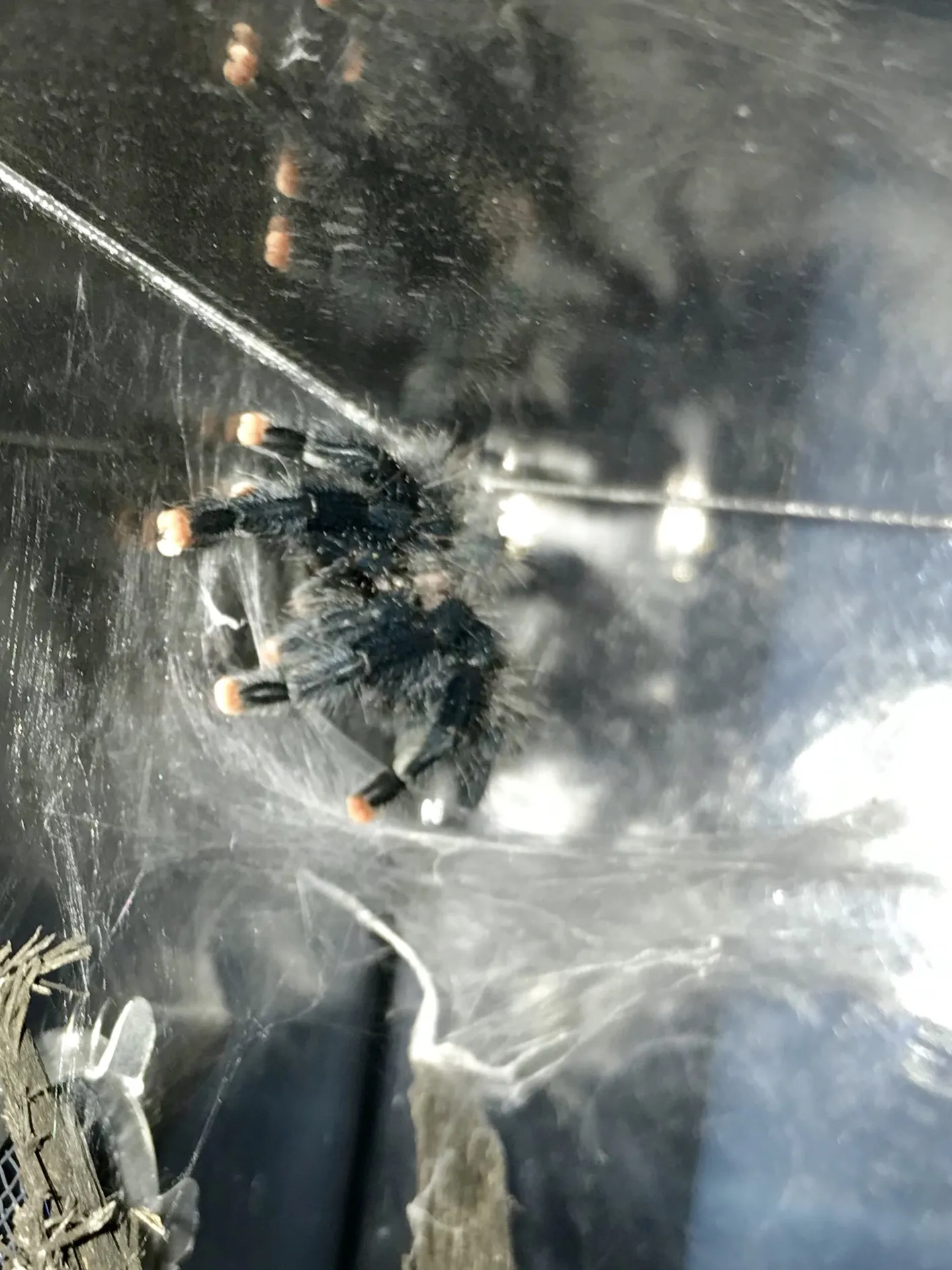
Low humidity is also a potential problem. This can be especially problematic during molting, potentially causing the tarantula to have difficulty shedding its exoskeleton. If you notice the humidity is consistently below the ideal range, increase your misting frequency, add more water to the water bowl, or consider using a more moisture-retaining substrate. Check the enclosure for any drafts or excessive ventilation. Adjust the ventilation as needed to increase moisture retention. Keep a close eye on the tarantula. Provide appropriate care and make necessary adjustments to prevent dehydration and molting problems.
Troubleshooting High Humidity
Excessively high humidity levels are as problematic as low humidity, as they can promote mold growth and other problems. If your hygrometer consistently shows levels above 80%, take steps to reduce the humidity. Improve ventilation by adding more air holes or adjusting the enclosure lid. Reduce misting frequency or quantity. Ensure the substrate isn’t excessively wet, and if it is, replace some of it. Regularly monitor the enclosure for signs of mold. High humidity can lead to health problems, and immediate action is crucial to maintain a healthy environment for your tarantula.
Conclusion How to Maintain Pink Toe Tarantula Humidity
Maintaining proper humidity is fundamental to the health and well-being of your pink toe tarantula. By understanding the ideal humidity levels, the importance of humidity, and how to set up and maintain a suitable habitat, you can provide your pet with the best possible living environment. Regular monitoring, diligent care, and a proactive approach to troubleshooting will ensure your pink toe tarantula thrives. With the right humidity, your vibrant and fascinating pet will enjoy a long, healthy, and fulfilling life.
